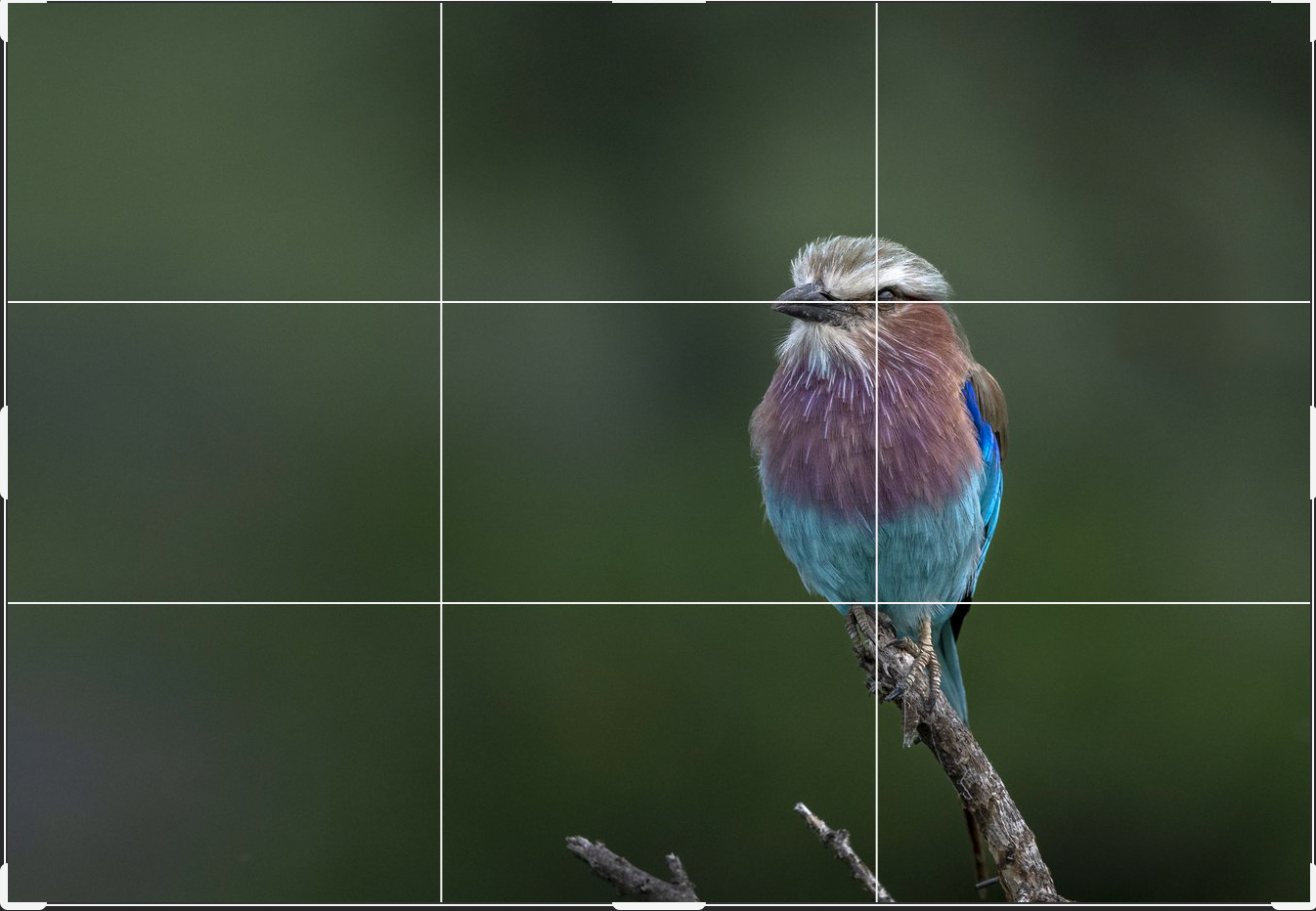
The Rule of Thirds: A Guide for the Budding Photographer
By Kevin Pepper |
Introduction: The Grid that Transforms Photos
Hello, aspiring shutterbugs! Today, we’re diving into one of photography’s golden rules: the Rule of Thirds. If you’ve ever wondered why some photos captivate you while others fall flat, this magical grid might just be the secret. Let’s unravel the history, importance, and application of the Rule of Thirds. And, of course, we’ll sprinkle in some humor to keep things lively!
The History: From Painters to Photographers
The Rule of Thirds isn’t a modern invention. Its roots go back to the Renaissance, when artists sought to create balanced and harmonious compositions in their paintings. By dividing their canvas into thirds, both horizontally and vertically, they discovered that placing key elements along these lines or at their intersections resulted in more dynamic and pleasing art.
Fast forward a few centuries, and this principle seamlessly transitioned into the world of photography. As cameras evolved, photographers realized that applying this ancient guideline helped turn everyday snapshots into visual masterpieces. So, the next time you line up a shot, remember—you’re participating in a tradition that dates back to the likes of Leonardo da Vinci.

The Visual Importance: Why the Rule of Thirds Works
So, why does the Rule of Thirds matter? It’s all about balance and interest. When you divide your frame into a 3×3 grid, you create four points where the lines intersect—these are your power points. Placing your subject or key elements on these points, rather than dead center, adds tension, energy, and interest to your photo.
Imagine you’re photographing a stunning sunset. If you place the horizon smack dab in the middle of your frame, you get a pretty picture, sure. But if you move the horizon to the upper third, suddenly, the sky takes on a dramatic flair, or the foreground tells a richer story. The Rule of Thirds guides the viewer’s eye naturally through the image, making it more engaging.
The Why: It’s Important to Follow
- Creates Balance and Harmony
- Explanation: By avoiding a centered composition, you prevent your photo from feeling static. Off-center elements create a sense of balance that feels more natural and less staged.
- Humorous Thought: Think of it like a pizza. Would you eat a pizza with all the toppings clumped in the middle? Of course not! Spread them out for a balanced bite.
- Enhances Storytelling
- Explanation: Placing elements along the grid lines or at their intersections allows you to tell a story within your frame. The eye naturally moves from one point of interest to another, creating a narrative.
- Humorous Thought: It’s like telling a joke—there’s a setup (one third), a buildup (another third), and a punchline (final third). Nailed it!
- Adds Depth and Interest
- Explanation: Photos that follow the Rule of Thirds are inherently more dynamic. They have depth and invite viewers to explore the image.
- Humorous Thought: It’s like hosting a party. You want guests to mingle and explore, not just stand in one corner talking to the same person all night.

Applying the Rule: A Practical Guide
- Enable the Grid
- Most cameras and smartphones have a grid setting. Turn it on. It’s like training wheels for your composition—super helpful!
- Align Key Elements
- Place the main subject of your photo along one of the vertical lines or at the intersection points. Experiment with different alignments to see what works best.
- Practice, Practice, Practice
- The more you use the Rule of Thirds, the more intuitive it becomes. Soon, you’ll start seeing the grid even when it’s not there.
Conclusion: Break the Rule…Sometimes
While the Rule of Thirds is a fantastic guideline, remember that rules in art are meant to be broken—once you know them well. Some of the most iconic photographs break this rule. But before you start breaking it, make sure you understand why it works so well.
So, go out there and start composing your shots with the Rule of Thirds. Whether you’re photographing your breakfast, your cat, or that breathtaking sunset, this grid is your friend. And who knows, you might just create a photo that would make Leonardo proud.
Happy shooting, and may your photos be ever-balanced and compelling!


